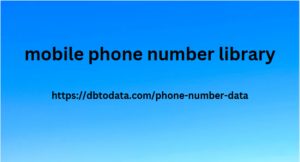More and more online stores are taking a personalized approach to customers — and using real-time personalization. This not only leads to increased profits, but also creates a great user experience. Let’s figure out how it all works.
What is real-time personalization
Real-time personalization is the adaptation of content to each specific customer. A visitor comes to a website and receives an offer that they will like. It is formed automatically based on their interaction with your brand.
Instead of creating
universal content for anonymous visitors, you can take their data and provide a personalized experience. For example, let’s take the marketplaces that most of us encounter every day.
Two screenshots taken at the same time from different kuwait phone number data devices in the Ozon app
The main elements are the same, but all four banners in the slider at the top are different — as are the recommended products under the sale block. The screenshot of the app on the left was taken from the phone of a woman who spent a week choosing sneakers, buying cosmetics and vitamin D. On the right is the app of a man who periodically orders sweets and pet care products.
This is an example of an online giant, but even small companies can use personalization for their website, email newsletters, social networks and mobile apps.
Users get a better customer experience
which means a higher likelihood of long-term interaction with the brand.
Personalized offers increase customer satisfaction.
Interesting content and relevant offers help minimize bounce rates.
There is a higher chance that potential customers will become real ones, which means an increase in revenue.
What began in the early days of e-commerce with a greeting by name and simple product recommendations has turned into a powerful marketing tool that uses big data and artificial intelligence.
How real-time personalization works
A user visits a product page. For example, he wants to buy a coffee how to set and achieve business goals It’s machine. He studies the model for some time, but does not add the product to the cart. These simple actions alone can trigger a whole chain of events.
A person receives a letter reminding them that the coffee machine is waiting for them and is bored, a link to it, and possibly related products: a cappuccino maker and cleaning product. If the user does loan data not go to the store’s website, they are sent the following letter, SMS, or push notification in a mobile app: “Oh! We have discounts on coffee machines” – or a promo code.

